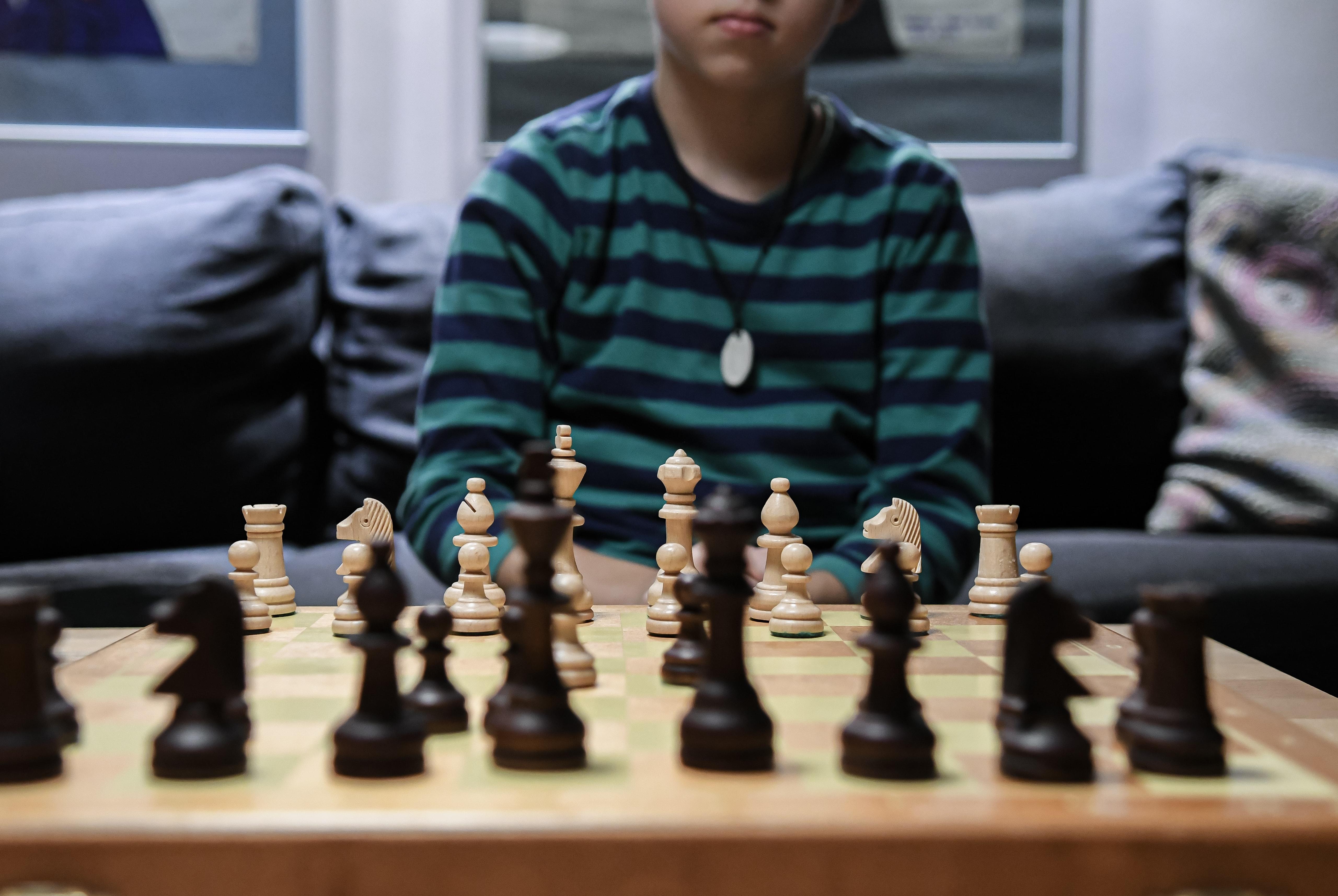There are many ways children learn various relevant life skills. One of the most underrated means is through games. Games go a long way in influencing your kids' development and growth on all fronts.
Chess counts as one of the popularly-known games that positively influence children's communication, thinking, creativity, and social skills. Although the benefits of chess are pretty attractive and numerous, the process of learning this challenging game is not a walk in the park. If you want your kid to learn and benefit from it, you need to find ways to make learning easy, fun, and comprehensive.
Incorporating fun into learning makes it easier to grasp basic concepts and facilitates memorization.
In addition to incorporating fun, there are several other great ways to teach your kids chess. For instance, you can employ a chess tutor on Superprof who specializes in teaching children to teach your kids chess in the best way possible. Also, you can adapt the steps given below and do the teaching by yourself.
Teaching your child to play chess isn’t the easiest thing you’ll do as a parent. It isn’t the hardest, either, but there is an undeniable challenge when it comes to teaching kids something as challenging as chess.
While it is a board game, which means it’s supposed to be fun, not many children enjoy losing. Yet in the beginning, it’s inevitable that they’re going to lose a lot.
This brings up a conundrum for you as the parent: how can you teach your child to play chess without growing to resent the game?
It’s a tricky one, but there are ways to go about it that should encourage a positive approach to the game and deter your child from spiraling after a loss or taking it too personally.
In this article, we’ve compiled a series of what we believe are the best tips and resources to ensure your child not only stays motivated with chess but also has the chance of reaching a level of proficiency with the board game
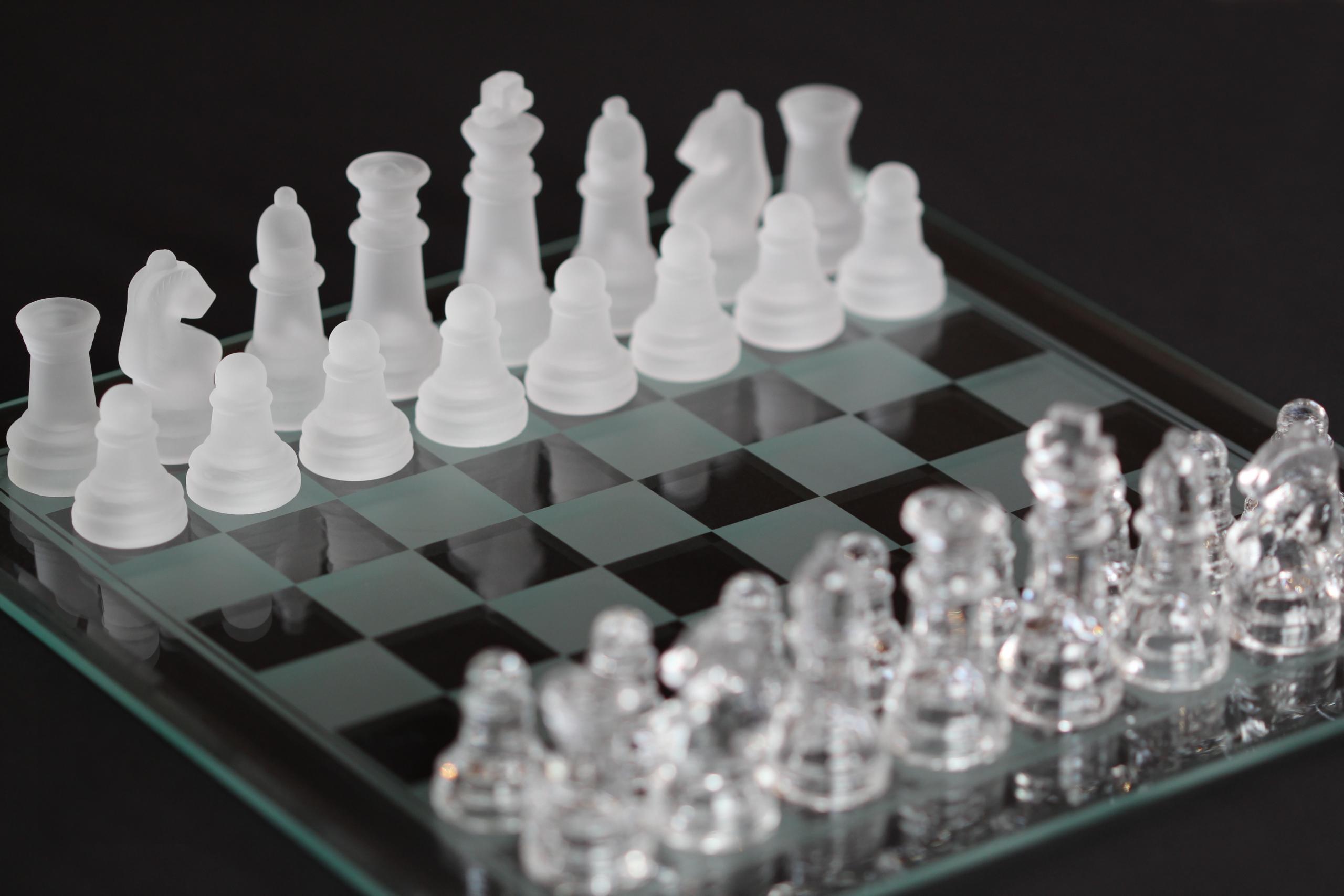

Positive Reinforcement is Key
A term you’ve almost certainly heard before when it comes to incentivizing and encouraging certain behaviour in kids is positive reinforcement.
Positive reinforcement basically means praising your kid for the things they do well, in the hope that they continue to do them and feel good about themselves. This, in theory, will result in motivation over time which should help your kid lock in the habits they need to get good at chess.
But what if my child always makes mistakes and never learns, you might ask.
Well, in this case, it’s probably very tempting to scold them or abruptly correct them to make sure they don’t repeat the mistake, but this approach isn’t going to help them in the long run.
Sure, by being like a drill sergeant you can instill a military-like discipline in your child and condition them to play well, you will likely cause them to resent the game if you treat them this way.
If a child begins to create associations between negativity and learning to play kids chess, how do you think they’ll respond when you ask them if they want to play?
At the same time, overdo the praise and you might instill false confidence which could come crashing down when they eventually play someone else.
Ideally, then, you want to keep things light and positive without praising every single move they make. Try to ensure that they rebound from mistakes in a positive way, so that whatever they do they feel like they’ve made some kind of progress or at least learned a valuable lesson.
Since losing is a normal part of the game, it’s important to normalise it in your child’s mind.
Make Sure it’s Fun
Chess is a cerebral activity that requires logical skills and astute decision-making - but it’s still a game.
As such, your child will learn to love it if they see it as such.
Yes, there are a lot of cognitive benefits to learning chess for kids, but first and foremost you need to make sure you’re child is invested in the game so that they can enjoy it.
That will mean different things for different people.
For some, a hands-on approach in which you guide them through various moves and strategies will be the best for keeping things fun. For others, perhaps online chess for kids resources such as videos will help keep the game engaging and enjoyable.
Find what works best for your kid, and if you’re unsure, ask them how they would like to learn as some kids may prefer face-to-face classes while others may enjoy online chess training.
Everyone - kid or not, is more likely to participate in an activity or game if they enjoy it and find it fun. However, kids are more peculiar, as they are always irresistibly drawn to whatever they find fun and exciting.
As you may know, the level of our interest in something determines how much attention we give to it. Finding creative ways to make chess fun for your kid is an excellent way to spur interest in the game and facilitate learning. You can use your kid's love for fun to help them learn.
For example - creating stories around the game, allotting prizes to the winners, and simply enjoying the board and game pieces are great ways to incorporate fun into learning.
Adding these will make the learning process less challenging and complicated for your kids. That way, chess doesn't always have to be about rules, strategies, or moves - it can simply be fun!
Find chess classes here on Superprof.

Teach on a Schedule
While you don’t want to make chess for kids seem like a chore, some level of discipline is required if you want them to improve and step up their game.
You don’t need to draw up a complicated schedule or make it seem like just another school subject, but some kind of regularity is key to your child making progress with the board game.
Consistency is key to progress and perfection. Whatever thing you consistently practice, you become a master of, which applies to everyone, including kids.
Creating regular practice times and ensuring that your kids keep to them is essential. Outside these practice times, you can also play chess with your kids to enhance their familiarity with the moves and strategies of the game.
Giving your kids access to online chess platforms, fun tutoring videos, and putting them in physical chess clubs is another great way to encourage consistent practice. Online platforms such as ChessKids, create a kid-safe environment for your kids to learn and enjoy chess with other children online.
Remember, you do not need to impose these practice times on them. Just ensure the games are fun and engaging enough for them to look forward to.
Think up ways to make scheduling chess fun.
For example, get your kid involved and ask them if they like the idea of Friday board game night or Sunday afternoon chess sessions.
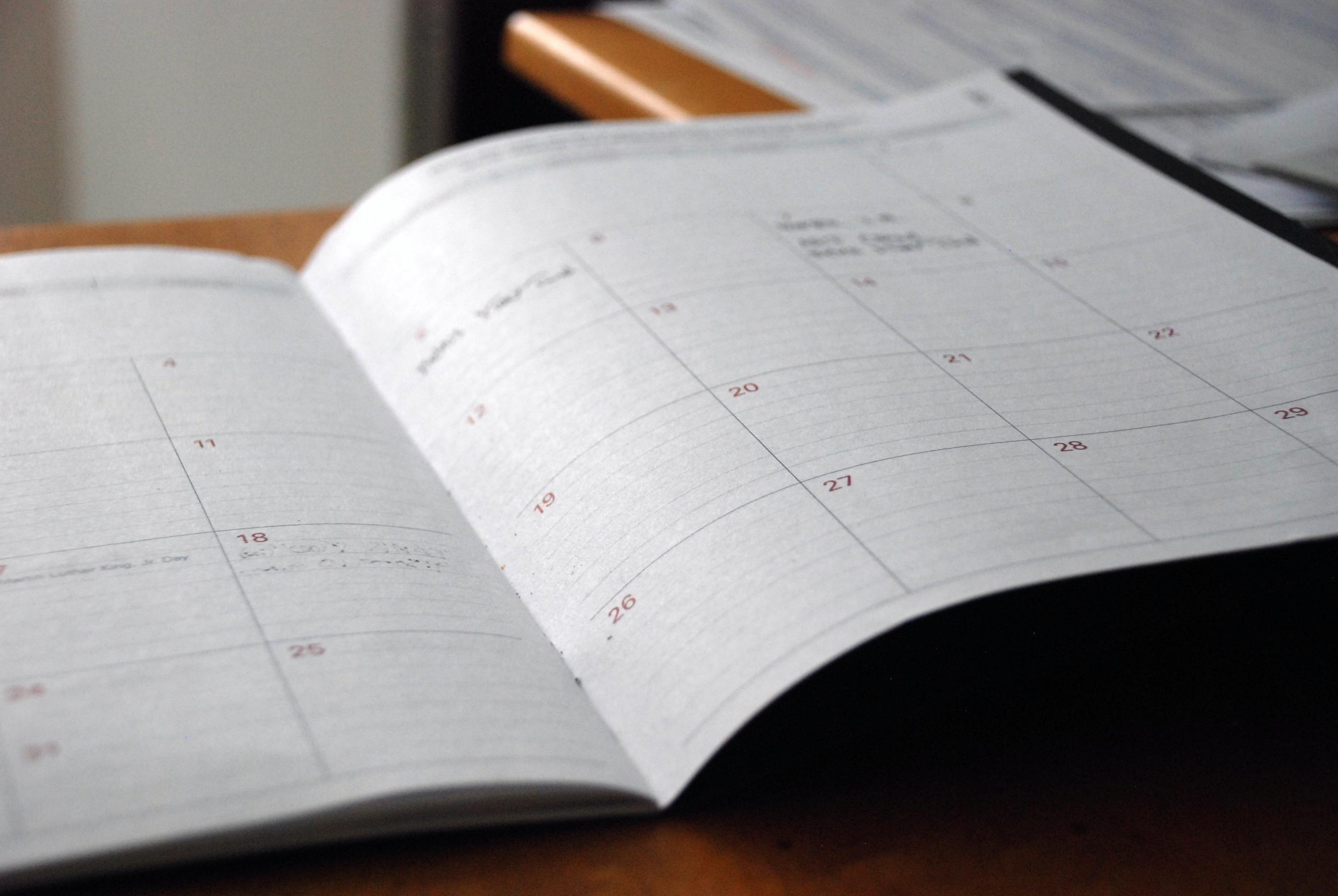
Tell them the Positive Sides of Learning the Game
Chess can improve focus, memory, and creativity. It can also enhance thinking skills, problem-solving, and relationship-building skills in children. Even as they grow, it also offers them protection against mental disorders such as dementia and ADHD.
The advantages of playing chess are so vast, and informing your kids about the benefits (if they are old enough to understand) can increase their interest in it.
You can also help them understand the fun and the thrill involved in playing and winning a chess game.

Make Chess as Simple As Possible
Most parents do not teach their kids chess because they believe it's too complicated or complex for their little ones. And, it is. Most times, even adults find it challenging to learn because of its complexity.
However, every complex thing or activity can be broken down into more straightforward bits, chess inclusive.
Teaching and learning chess doesn't have to be a complex process; you can simplify the learning process by;
- Starting with the simple rules.
- Using the simplified version of more complex rules
- Utilizing beginner chess sets such as the Fun Family Chess set
- Using visual representation to avoid the need for memorization
- Set up simple chess challenges or quizzes
Teach the Basics Thoroughly
A good understanding of the basics of chess determines the integrity of the foundation of a chess player. Teaching your kids the basics and ensuring they understand them can help build them into great chess players.
Your kid can easily learn other chess moves, strategies, and tricks without difficulty with the basics.
Notwithstanding, ensure that the basics are made fun and easy to learn to facilitate the learning process.
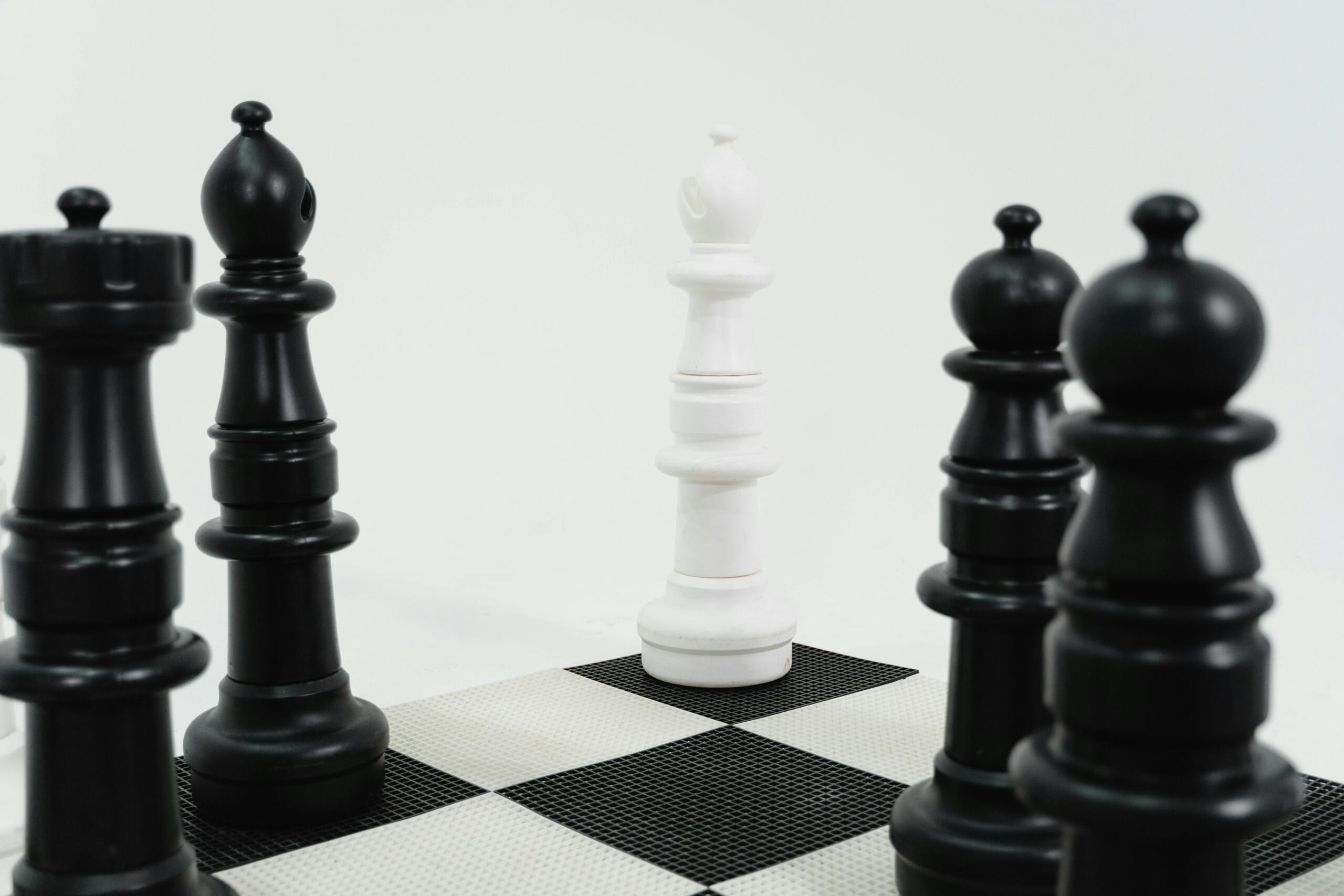
Hire a Great Chess Tutor
If you can’t teach chess, hiring an expert chess tutor is an alternative way to teach your kids chess.
Several chess tutors in Canada specialize in teaching kids chess in the best way possible and at the best prices. At Superprof, you can connect with super talented, super-fun, and incredibly affordable chess tutors.
You can work hand-in-hand with these tutors or let them do what they know to do best.
Make the Most of Online Resources
Online resources can make learning anything a real joy.
Whether you’re trying to encourage your child to learn chess or pick up a new skill yourself, leaning upon online resources is one of the best things you can do.
Online resources can make chess seem like so much more than a few dusty pawns and an old black and white painted board. They can make it seem like it's alive and thriving, and that there are millions of people worldwide who can’t get enough of the board game.
From courses to kids chess games, tutorials to chess lessons for kids, the internet can teach your child to play chess from start to finish. Even if you yourself don’t have the foggiest idea how to play the board game, there’s plenty of hope to be found in the myriad resources which can be just as good as having a private tutor.
You can even find a tutor online if that’s what you’re looking for. That way, you can rest assured that your kid is receiving a quality chess education from someone who knows what they’re talking about.
Here are some of the top online resources for helping your child get to grips with the basics and more advanced concepts of chess:
Chess Kid
Chess Kid is widely acknowledged to be one of the most popular websites to turn to if you want your kids to learn chess.
On the website, you’ll find just about everything you need to teach your child how to play the game, and with minimal effort on your part.
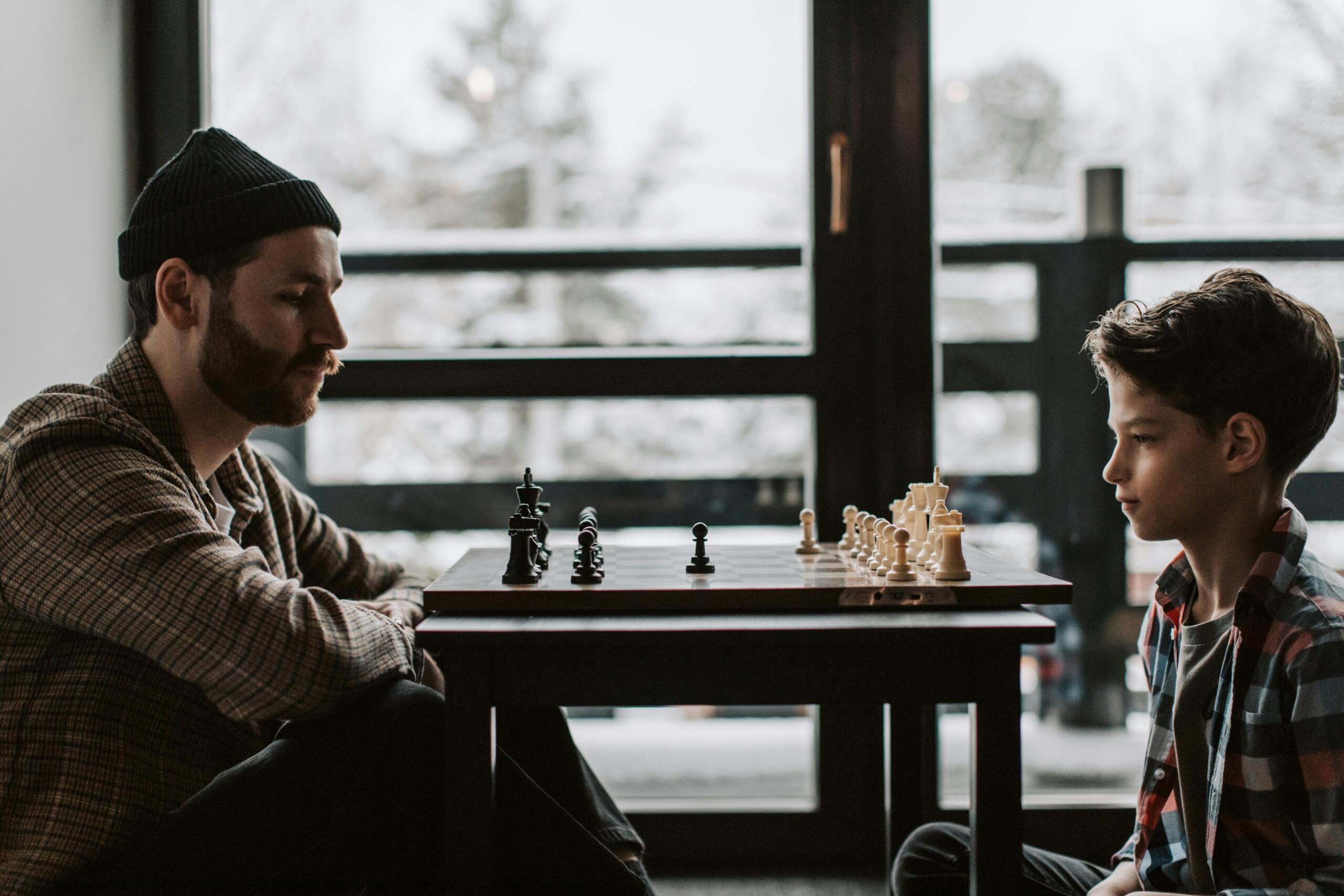
There are so many ways of learning through the website, too, so whatever your child’s current skill or experience level they’ll be able to find something for them.
Chess Academy for Kids
Chess Academy for Kids is an app designed for iPad users which contains more than 30 tutorials and challenges for young chess learners.
Through the engaging app, children will learn all of the basics of the board game and can challenge their friends and family to a game when they feel like they’re ready to play.
Chess Kids
Not to be confused with ‘Chess Kid’, Chess Kids is another website full of chess-related resources and activities for kids.
This website is for children what Chess.com is to adult chess-learners, which is to say it has everything a child needs to succeed at the board game. It’s a real one-stop-shop with an online curriculum, organized tournaments, and so much more.
Practical Strategies
Ok now that you have some tips on how to approach chess as a teaching subject, and come across several online resources, let’s get into some practical strategies for teaching the board game to your child.
As your kids continue to improve in chess and learn more about it, they need to understand the fine details of the game. This involves tactics, strategies, and moves that can shape the course of a chess game for good or bad.
Chess strategies refer to long-term concepts and plans aimed at protecting your king, gaining a winning advantage over your opponent, and ultimately, checkmating your opponent. Although one tactic or strategy is not a guarantee for success or a win, it serves as a guide while playing. Strategies make chess more captivating and exciting to play.
Because chess, like every other game, is continually evolving, new strategies keep coming up. This can make choosing a suitable strategy a challenge for you. However, some basic and effective strategies have stood the test of time; the best of them include;
Get Familiar with the Board
The first thing you’ll want to do is introduce your child to the game by showing them the board.
When you have the chessboard out and they’re done examining it, explain how it has eight rows that go across and eight columns that are vertical. Tell them how each square on the board corresponds to a letter and a number - at this point, you could draw a comparison with coordinates on a map if they’ve studied this in geography before.
To drill this point home, you can test them by placing a pawn on a square and asking them what letter and number it is in.
Explain the Pieces
Now it’s time to go through the various pieces, taking the time to let your child play around with them and hold each in their hands.
Start with the pawn, describing how they are one of the least and most important pieces at the same time, and how they can only move forward unless they are taking an opposition piece.
Then, move on to the bishops, knights, rooks, queen, and king.
Even if your child has a special kids chess set, it’s best to teach them the original pieces first so that if they want to play with others they know what they’re working with.
Basic Strategy
Depending on your knowledge of the game, teach your child some basic strategy.
To do so, you can simulate a normal game but take the time to explain in detail why you’re making each move and what it means for the bigger picture.
Of course, you should be open to questions at this point, since the chances are if this is your child’s first time seeing a chessboard they will have many going through their head.
After you’ve gone over the board, pieces, and some basic strategy, you can put their newfound knowledge to the test by playing a practice game and seeing how they get on.
One of the best ways to pick up a game or skill, after all, is to make mistakes and learn from them.
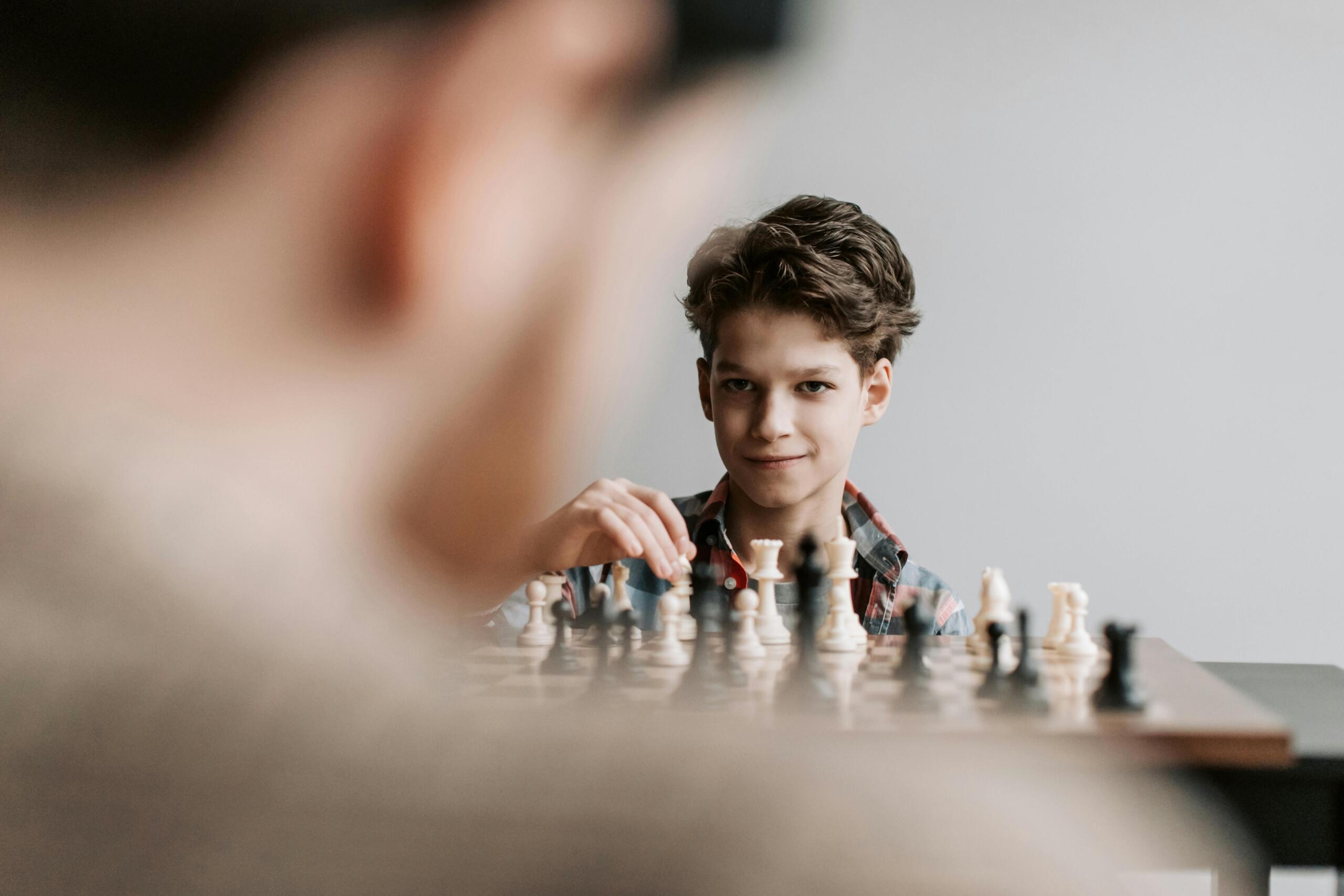
-
Create weaknesses and attack them
The thrill of chess comes from identifying and attacking weaknesses or loopholes in your opponent's game. This strategy is a basic yet widely used one.
Weaknesses can come in many forms. However, one of the commonest ways defects can be present is through a weak or loosely placed pawn. In a game of chess, your opponent can create these weaknesses for themselves unknowingly by moving a pawn forward or recapturing after an exchange.
Although your opponent is likely to make this mistake, waiting for them to make this mistake may cost you. To be at a winning advantage, strong players create weaknesses for their opponents.
This is done by attacking your opponent's pawn formation. Once this is done, the response to that attack, regardless of what it is, makes your opponent's pawn subject to attack.
An attempt to defend an attack on one loophole exposes other weaknesses and gives you a winning advantage over your opponent. In such cases, it is possible to change the focus or target of the attack.
While searching for your opponent's weaknesses or trying to create one for them, avoid creating one for yourself to prevent playing against yourself. Also, ensure you look out for other opportunities while attacking your opponent's pawn weaknesses.
-
Make outposts and protect them
An outpost refers to a square on the board, usually the fourth, fifth, or sixth rank, protected from an opponent's pawn with a pawn. These outposts can also be central.
Typically, outposts are occupied by a knight to ensure maximum effectiveness. However, they can also be occupied by a bishop. Knights are preferred for the outpost because every other piece (aside from the pawns and king) can move and attack from a long range. Their pattern of movement also allows you to trap and attack your opponent's pieces in deadly forks.
While using this strategy, ensure that the outpost is placed in a position the knight can occupy and attack from. Also, remember that the outpost is not a permanent strategy; it can be created and dissolved at any point during the game to achieve a goal.
-
Maintain pawn structure
Pawn structure forms one of the fundamental elements that need to be understood to create and implement effective strategies. The integrity of your pawn structure directly affects the safety and integrity of your position. That is, an unhealthy pawn structure means a loose and unsafe position.
Depending on the position, pawn structure and moves also greatly influence the game and the type of play. In maintaining pawn structure, you must ensure that pawns are left side-by-side to maintain control and fortify protection.
Chess is a game of excitement, critical thinking, and healthy competition. It offers several benefits to kids and adults alike, and finding the best ways to teach your kids so they can enjoy its benefits is essential.
Creating fun and exciting ways to learn, setting consistent practice times, employing great tutors and more, are some of the best ways to teach your kids chess. However, learning chess isn't just about the fun, competition, or basic rules; it also involves learning moves, tactics, and strategies.
These strategies can be taught in the best ways possible and improved on as your kids continue to grow in the game.
Whether your kid is a beginner or intermediate in chess and needs a tutor in Canada, several chess tutors can develop the best ways for them based on their learning styles. With Superprof, you are only a click away from getting the best chess tutor for your kids.

